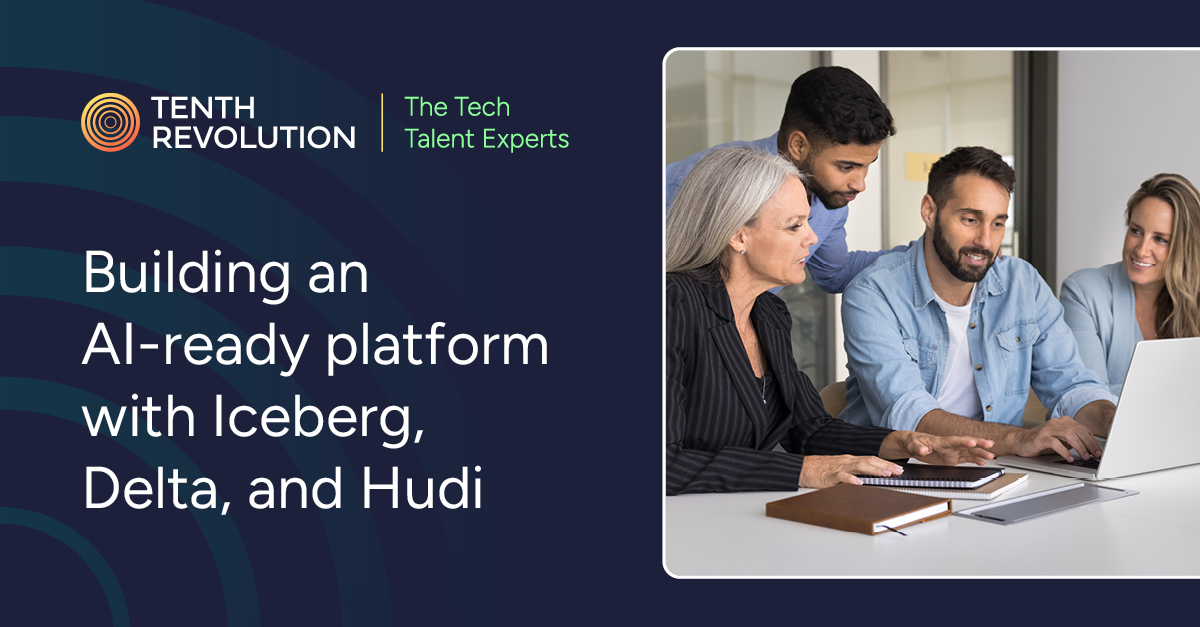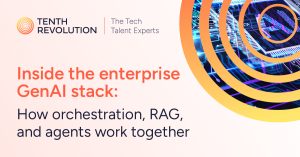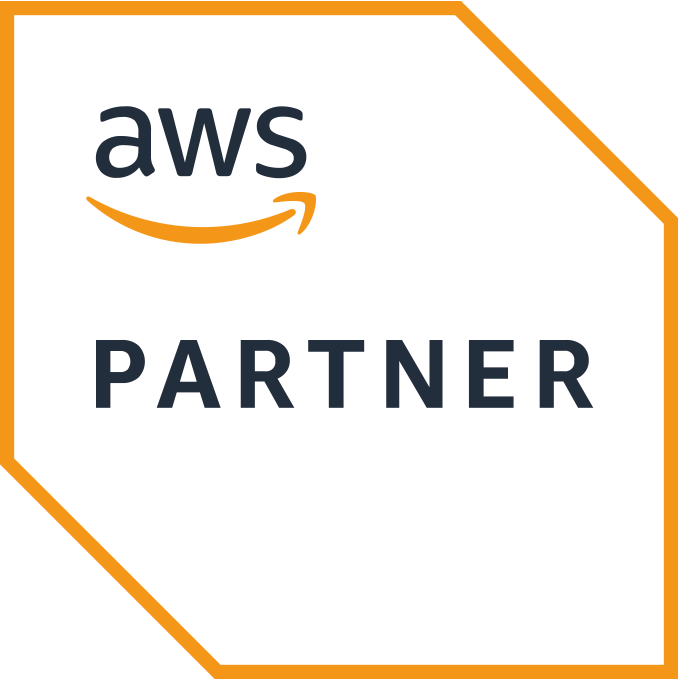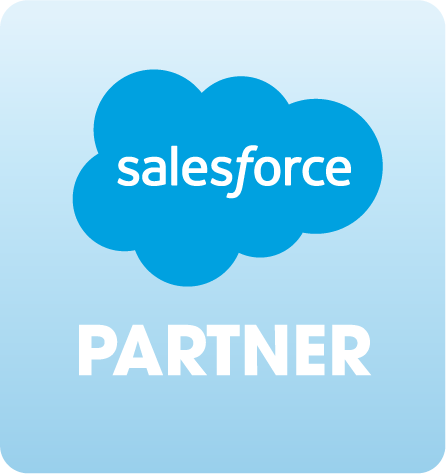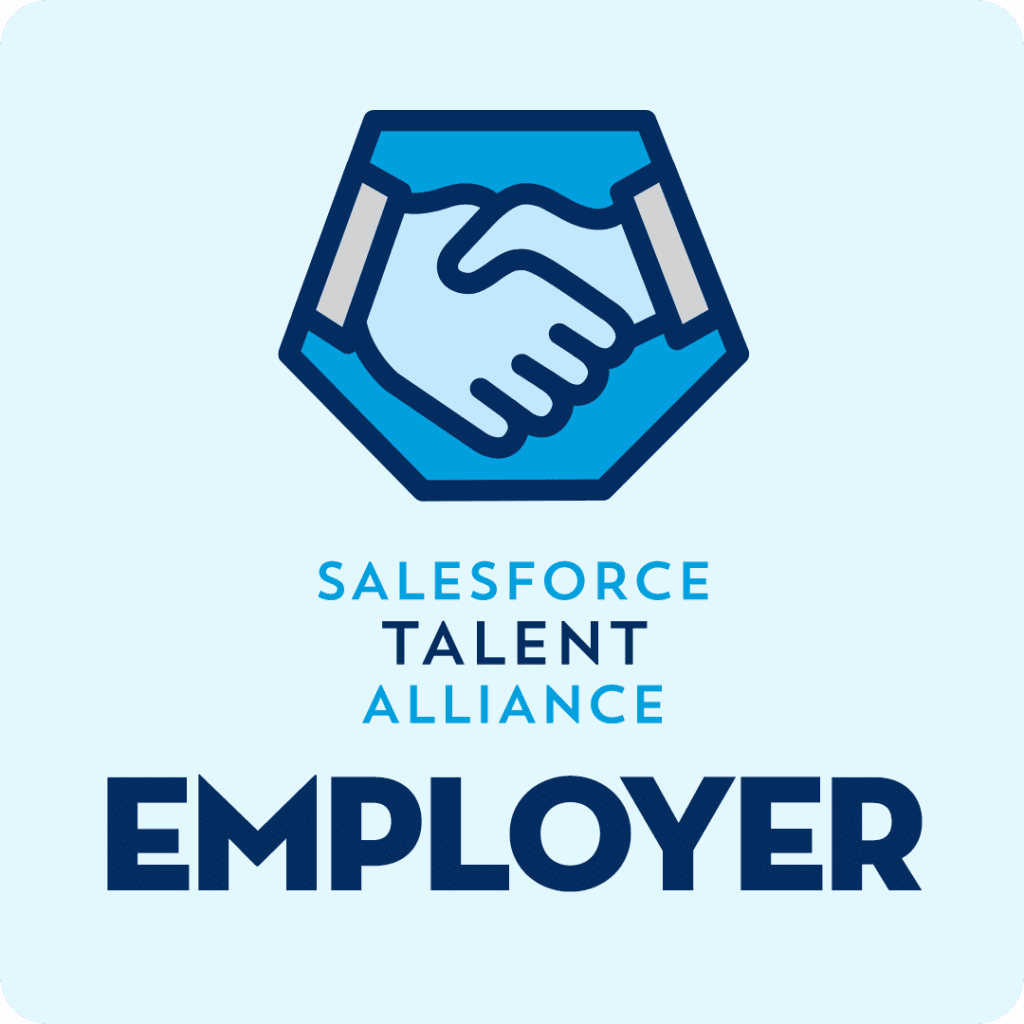AI has changed the way enterprises think about data platforms.
The goal is no longer just analytics and reporting. Data needs to be real-time, interoperable, and trusted enough to feed GenAI systems without introducing cost or compliance risks. That’s why open table formats like Apache Iceberg, Delta Lake, and Apache Hudi are now front and center.
Instead of another wave of proprietary lock-in, we’re seeing enterprises adopt open standards and modular stacks that give them flexibility and control. But knowing the names of these technologies isn’t enough. What matters is how they come together to create an AI-ready foundation.
Why open table formats are winning
For years, enterprises were stuck in a tug of war between data lakes and data warehouses. Lakes gave them scale but not structure. Warehouses gave them structure but at a high cost. Table formats like Iceberg, Delta, and Hudi bridge that gap by layering schema, versioning, and governance on top of cheap, scalable storage.
The result:
- Data consistency across streaming and batch pipelines.
- Interoperability between tools, so you’re not locked into one vendor’s ecosystem.
- Governance built into the table layer, with features like audit trails and time travel.
This shift is particularly important for AI. Models don’t just need lots of data—they need high-quality, well-governed data that can be traced and updated continuously.
Where streaming fits in
Table formats solve one half of the problem. The other is speed. AI agents and copilots need real-time inputs, whether that’s transaction data, compliance rules, or customer updates. That’s why enterprises are converging lakehouse and streaming stacks.
Modern pipelines combine Iceberg/Delta/Hudi with technologies like Kafka, Flink, or Spark Structured Streaming. Together, they provide:
- Freshness so models never act on outdated data.
- Reliability with schema evolution and error handling.
- Scalability to process spikes in demand without breaking downstream systems.
For AI-driven businesses, this isn’t a nice-to-have. It’s the difference between an assistant that helps and one that makes costly mistakes.
Need help building out streaming-first data pipelines? We can connect you with contract data engineers and architects who specialize in Iceberg, Delta, Hudi, and Kafka.
The governance layer: Beyond compliance
AI adoption has put governance under the spotlight. Regulators are increasingly asking how enterprises manage training and inference data, and customers expect transparency. Open table formats give you auditability at the storage level, but governance doesn’t stop there.
Forward-looking enterprises are adding:
- Unified catalogs that provide a single view of data assets across the lakehouse.
- Semantic and metric layers that standardize how data is defined and consumed.
- Access controls that map to business roles, not just technical permissions.
The combination ensures that when an AI model pulls data, leaders can answer critical questions: Where did it come from? Who owns it? Is it safe to use in this context?
A different perspective: Cost efficiency
Beyond accuracy and compliance, open formats deliver something finance leaders care deeply about, predictability. By separating compute from storage and adopting open standards, enterprises can avoid vendor lock-in and shop around for the most cost-effective solutions.
This flexibility is becoming essential as AI workloads push budgets. Storing massive training sets or serving inference at scale requires a data platform that won’t inflate costs every time usage spikes. Iceberg, Delta, and Hudi are part of the solution, but only if implemented with cost governance in mind.
Looking to align AI data strategy with financial control? Tenth Revolution Group helps businesses hire FinOps-savvy data engineers who combine technical expertise with cost awareness.
What leaders should focus on now
If you’re a CFO, CIO, or Chief Data Officer, the challenge isn’t just picking the right format. It’s building a platform that can evolve as AI adoption accelerates. Three steps can help:
- Standardize on an open table format. Whether you choose Iceberg, Delta, or Hudi, pick one and enforce it as the enterprise-wide standard. Fragmentation will only slow you down.
- Invest in real-time pipelines. Batch is no longer enough. Prioritize streaming-first architectures that integrate seamlessly with your lakehouse.
- Embed governance from day one. Catalogs, semantic layers, and role-based access controls need to be part of your core architecture, not add-ons.
With these priorities in place, your organization won’t just keep up with AI, you’ll be prepared to scale it responsibly.

